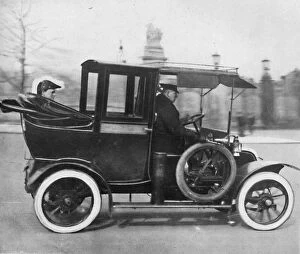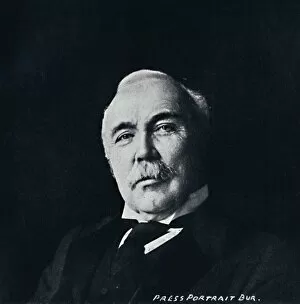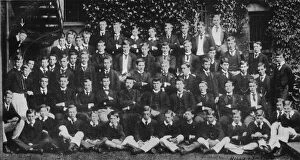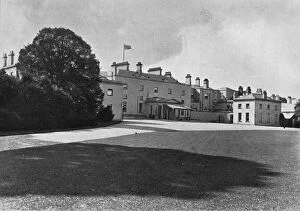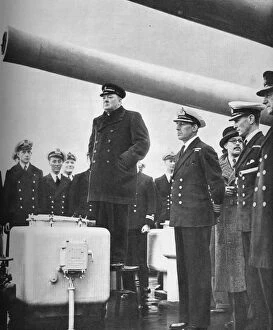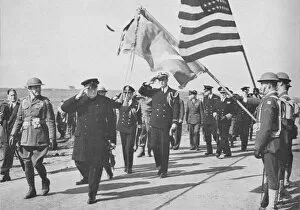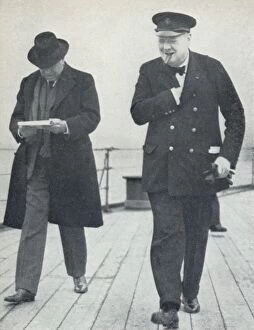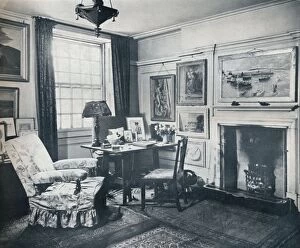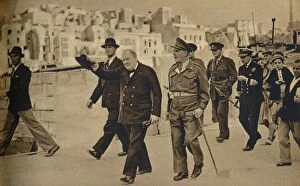Winston Collection (page 9)
"Winston: The Indomitable Leader of a Nation" In the midst of World War II, Winston Churchill emerged as the unwavering symbol of British resilience and determination
All Professionally Made to Order for Quick Shipping
"Winston: The Indomitable Leader of a Nation" In the midst of World War II, Winston Churchill emerged as the unwavering symbol of British resilience and determination. His iconic V for Victory sign, made famous in 1942, became a rallying cry for hope amidst the darkest times. With his powerful speeches and unyielding spirit, Churchill inspired a nation to stand firm against adversity. The WW2 poster boldly proclaimed "We shall not flag, " encapsulating his unwavering resolve to never surrender. Churchill's praise for RAF pilots echoed throughout history, recognizing their bravery and sacrifice in defending Britain's skies. His admiration for these heroes served as a testament to his deep appreciation for those who fought on the front lines. Beyond his political prowess, Winston Churchill was also known for being down-to-earth. Whether it was bricklaying or donning his Siren Suit at Chartwell, Kent, he embodied humility despite holding such immense power. "The Spirit of Britain" found its embodiment in Winston Churchill - an embodiment that resonated with people across the globe during those tumultuous times. His words "Deserve Victory" reverberated through hearts and minds alike as they sought strength from their leader's conviction. A wartime poster immortalized Churchills' famous words: "I have nothing to offer but blood, toil, tears and sweat. " These words captured both the gravity of war and Churchill's steadfast commitment to leading by example. Even during moments of crisis like the Sidney Street Siege in East London, Winston Churchill remained resolute. He fearlessly faced danger head-on while ensuring public safety – showcasing leadership under fire. Winston Churchill will forever be remembered as an extraordinary statesman who guided Britain through one of its most challenging periods. With each gesture or word spoken with conviction – whether giving the V sign or delivering inspiring speeches – he left an indelible mark on history.






